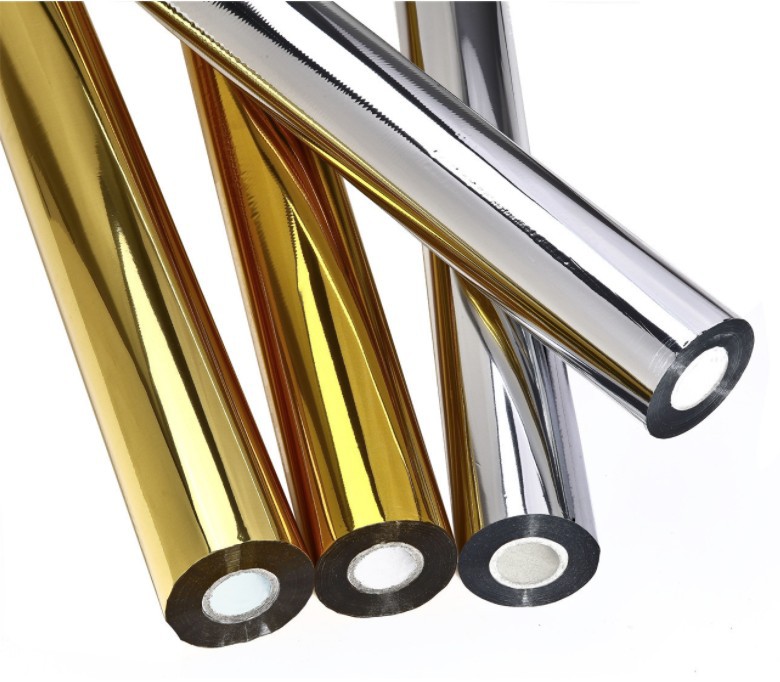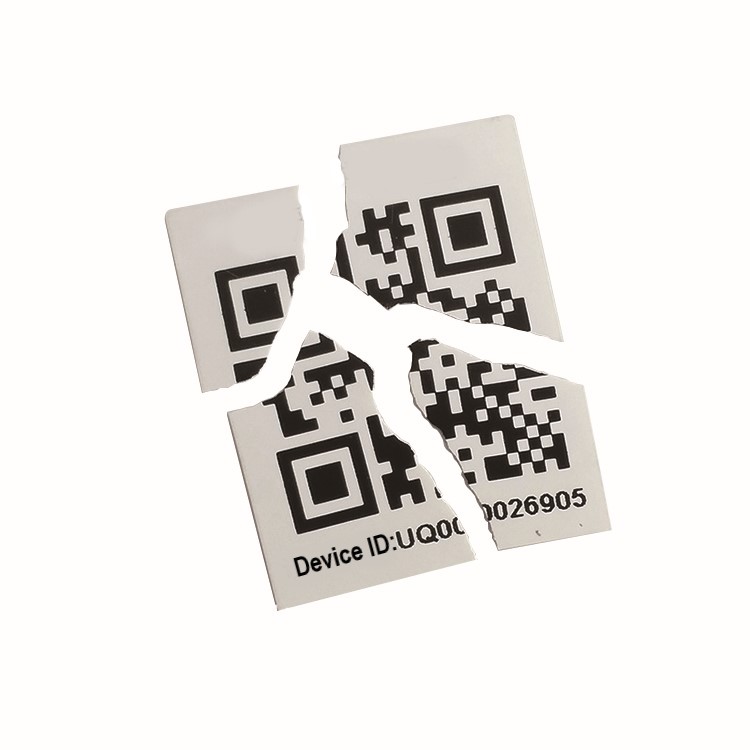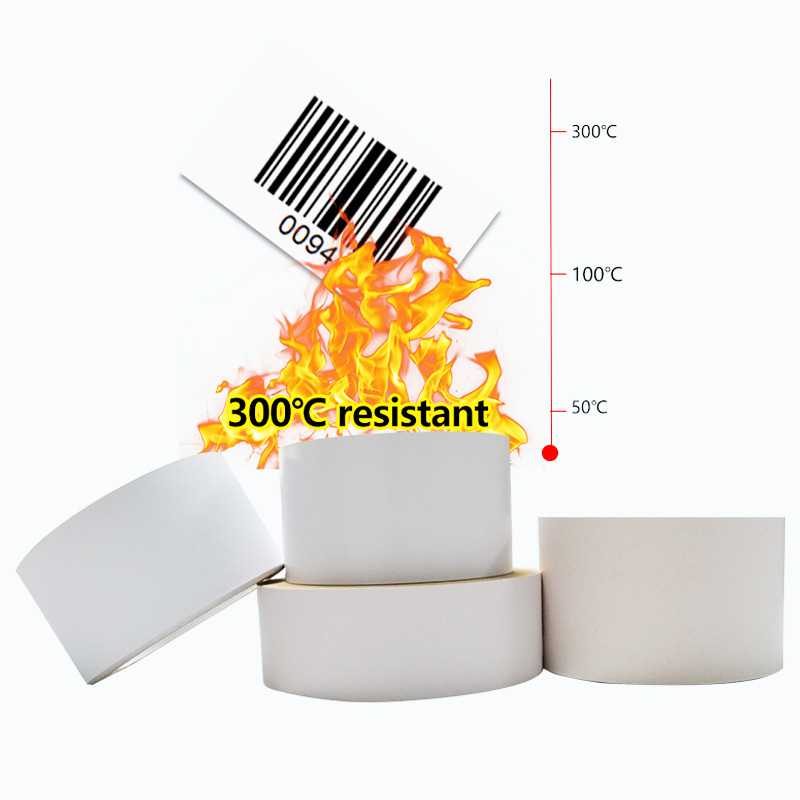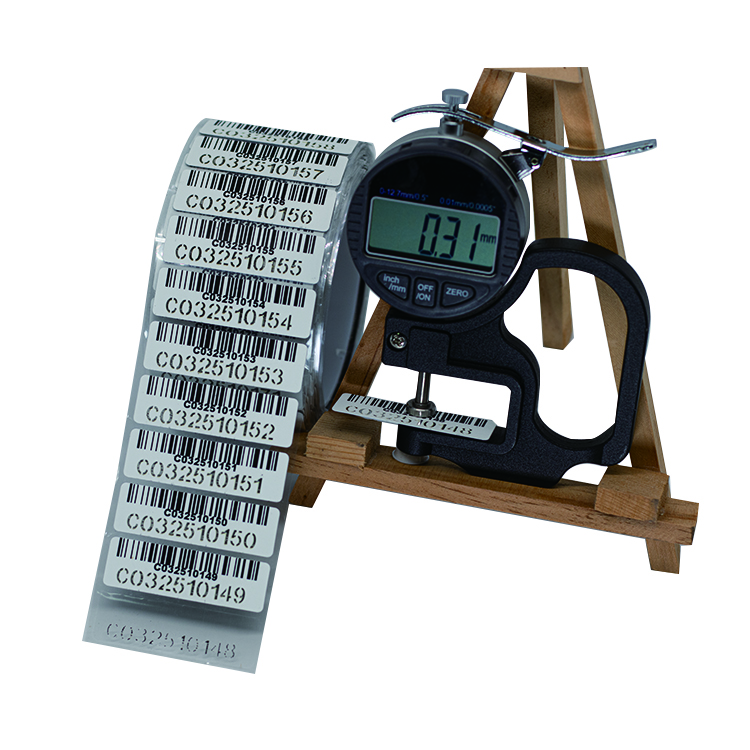The White Coating on High-Temperature Resistant Labels
Sticker labels play a crucial role in various industries, providing essential information and identification for products. One particular type of sticker label that has gained prominence is the high-temperature resistant label. These labels are designed to withstand extreme temperatures without compromising their adhesive properties or legibility. To achieve this remarkable durability, high-temperature resistant labels are coated with a special white substance. In this article, we will explore the composition and significance of this coating.
The Composition of the White Coating
The white coating on high-temperature resistant labels is typically made of a combination of materials that have been carefully selected for their unique properties. One of the key components is a silicone-based polymer. Silicone polymers are known for their exceptional thermal stability, making them ideal for applications in high-temperature environments. The white color of the coating is achieved by incorporating titanium dioxide, a widely used pigment that provides opacity and brightness.
Additionally, the coating may contain other additives such as fillers, plasticizers, and stabilizers. These additives are included to enhance specific properties, such as flexibility, adhesion, and resistance to UV radiation. The precise formulation of the coating can vary depending on the requirements of the application and the manufacturer's proprietary technology.
The Significance of the White Coating
The white coating on high-temperature resistant labels serves several important purposes:
1. Heat reflection: The white color of the coating helps to reflect a significant portion of the incoming heat. This reflection reduces the amount of heat transferred to the adhesive and substrate, preventing adhesive failure and ensuring the label remains securely attached even in extreme temperature conditions.
2. UV protection: The white coating acts as a barrier against harmful ultraviolet (UV) radiation. UV rays can degrade the adhesive and cause discoloration or fading of the label. The white coating, with its high opacity, effectively shields the label from UV exposure, preserving its appearance and legibility over time.
3. Contrast enhancement: The white background provided by the coating enhances the visibility of the printed information on the label. This is particularly important in industrial settings where quick and accurate identification is crucial. The high contrast between the white background and the printed text or graphics ensures easy readability, even in challenging conditions.
Conclusion
The white coating on high-temperature resistant labels is a vital component that enables these labels to withstand extreme temperatures while maintaining their functionality and legibility. Composed of silicone-based polymers, titanium dioxide, and various additives, this coating provides heat reflection, UV protection, and contrast enhancement. By understanding the composition and significance of the white coating, manufacturers and end-users can make informed decisions regarding the selection and application of high-temperature resistant labels.
We offer comprehensive technical support, including free professional labeling solutions, advice on label materials and adhesive selection, as well as online/offline assistance from professional software and hardware engineers. Service email: andy@ownlikes.cn. In pre-sales, we leverage our extensive experience in specialty labeling projects to provide clients with the most suitable hardware solutions. Additionally, all our label barcode printers and scanners come with a three-year free warranty, demonstrating our confidence in our products.






This site is protected by reCAPTCHA and the Google Privacy Policy and Terms of Service apply.